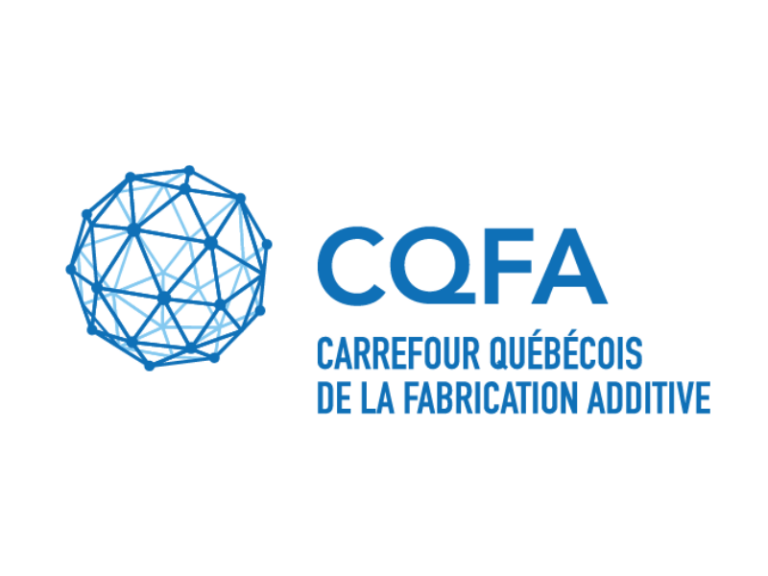
2023/01/31
Did you know that you should protect your additive manufacturing innovations through intellectual property?
Companies are increasingly choosing additive manufacturing for its many economic and technical benefits. However, shifting to additive manufacturing requires more than just new equipment. The integration and use of this technology raises legal issues that must be considered, as additive manufacturing not only refers to the technology itself, but also to the materials and their characterization, quality management, artificial intelligence, etc. Intellectual property (IP) considers the entire value chain. Among other things, Lavery and its team of experts help companies navigate the many IP-related issues that surround additive manufacturing.
Demystifying intellectual property
IP protection is one of the few methods that can help companies limit competition for their technology, despite the generally limited duration of such protection. The objective is to gain a competitive advantage by limiting the competitor’s ability to develop identical or similar technology. A number of strategic decisions must be made to implement any IP protection strategy. For example, companies keep their innovations secret, thereby creating a barrier to commercialization for their competitors. Alternatively, they also can choose to protect their technologies through patents that provide exclusive rights for a limited time, but this approach requires the disclosure of information that allows competitors to replicate their technology when the patent expires.
IP laws are designed to protect rights holders while simultaneously allowing and promoting public access to these innovations following a period of protection.
There are many forms of IP protection. Companies seeking to protect their innovations have a wide range of options for doing so. These include:
• Patents (competitive advantage on new and innovative features)
• Industrial design (competitive advantage on new visual aspects)
• Copyright (protection of a work, performance, sound recording
or communication signal)
• Trade secrets (protection of secrets)